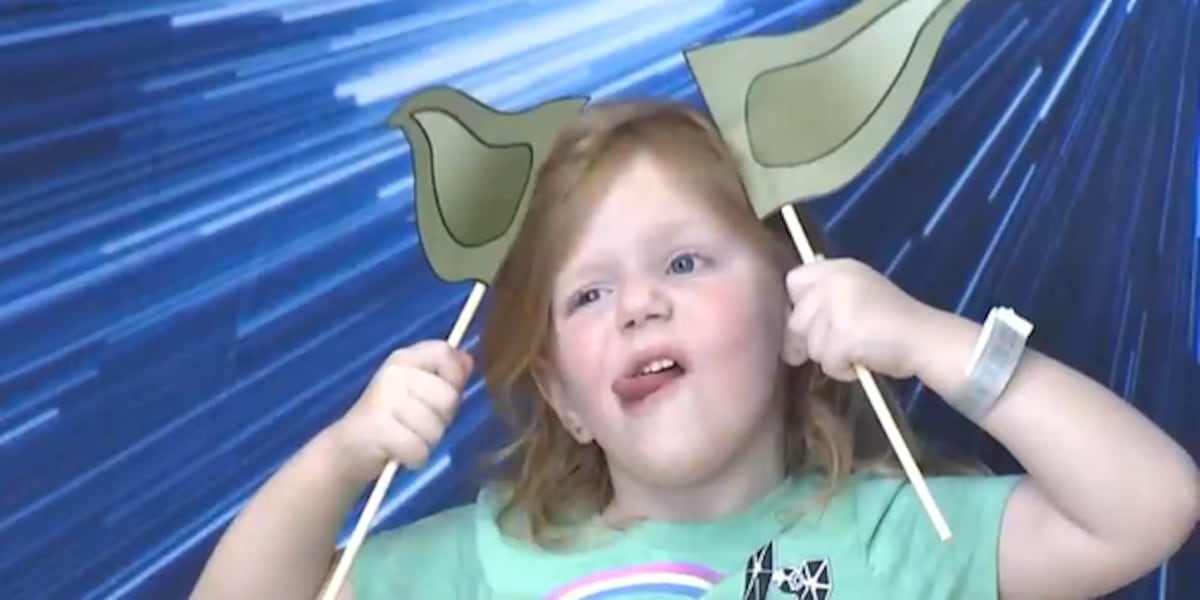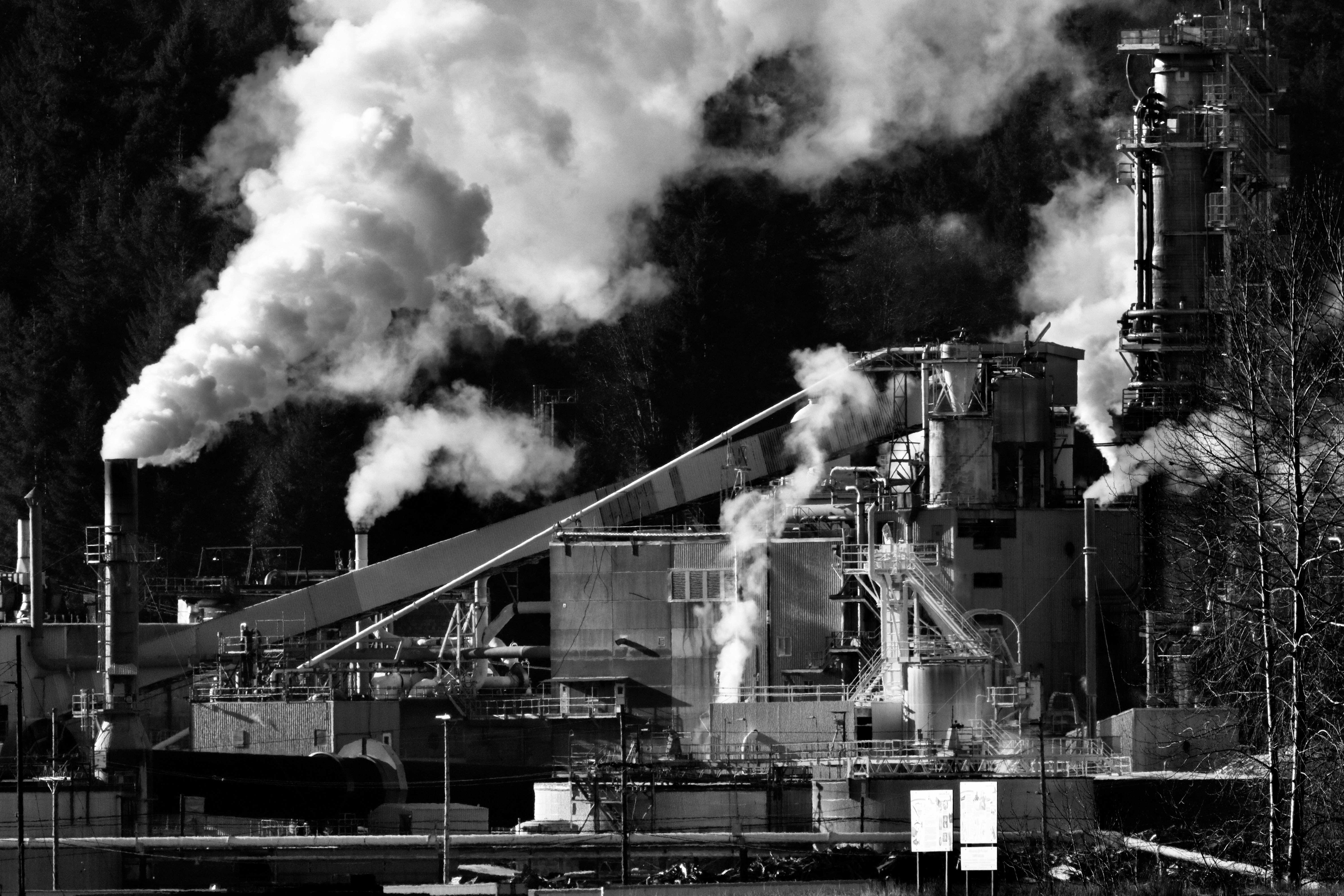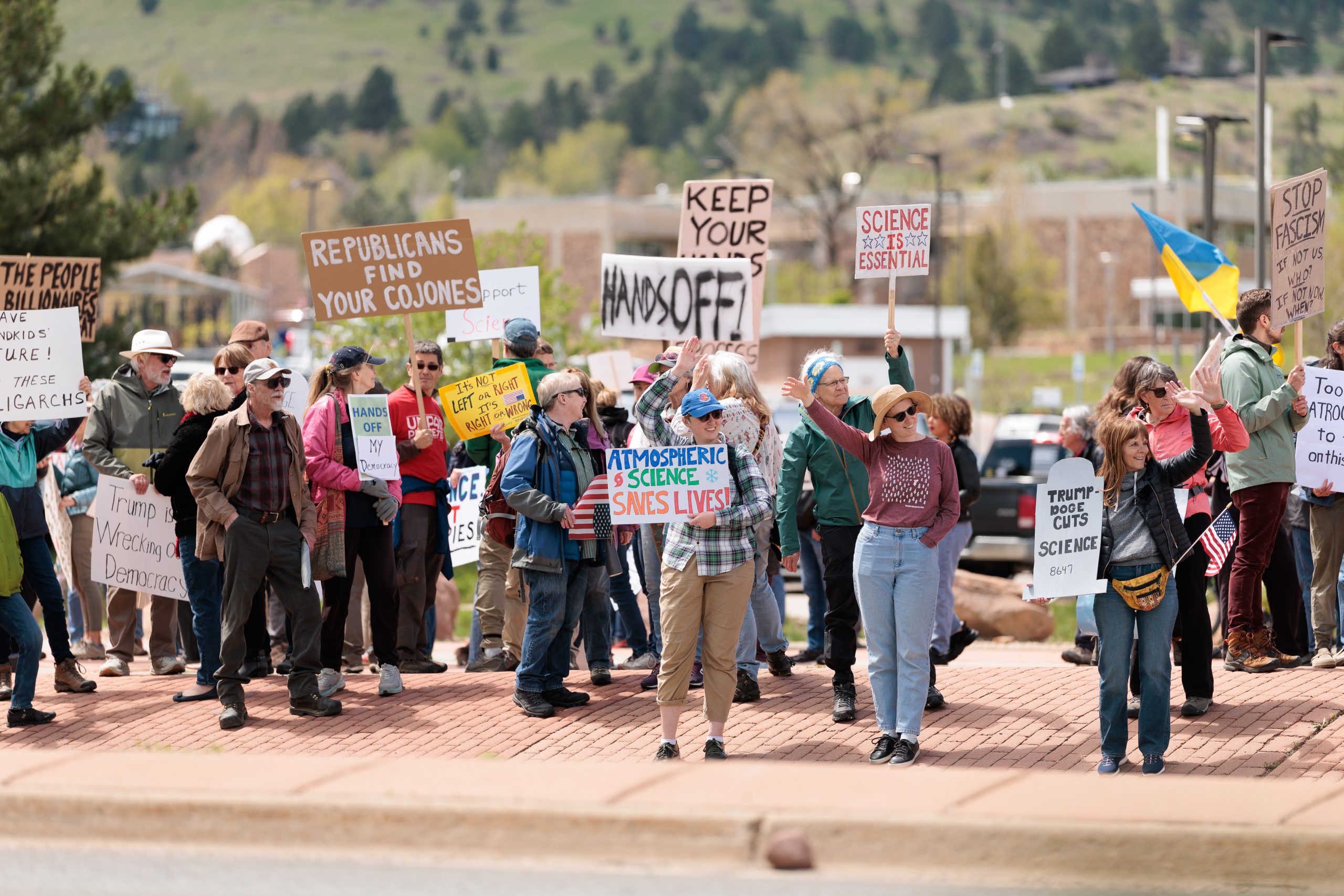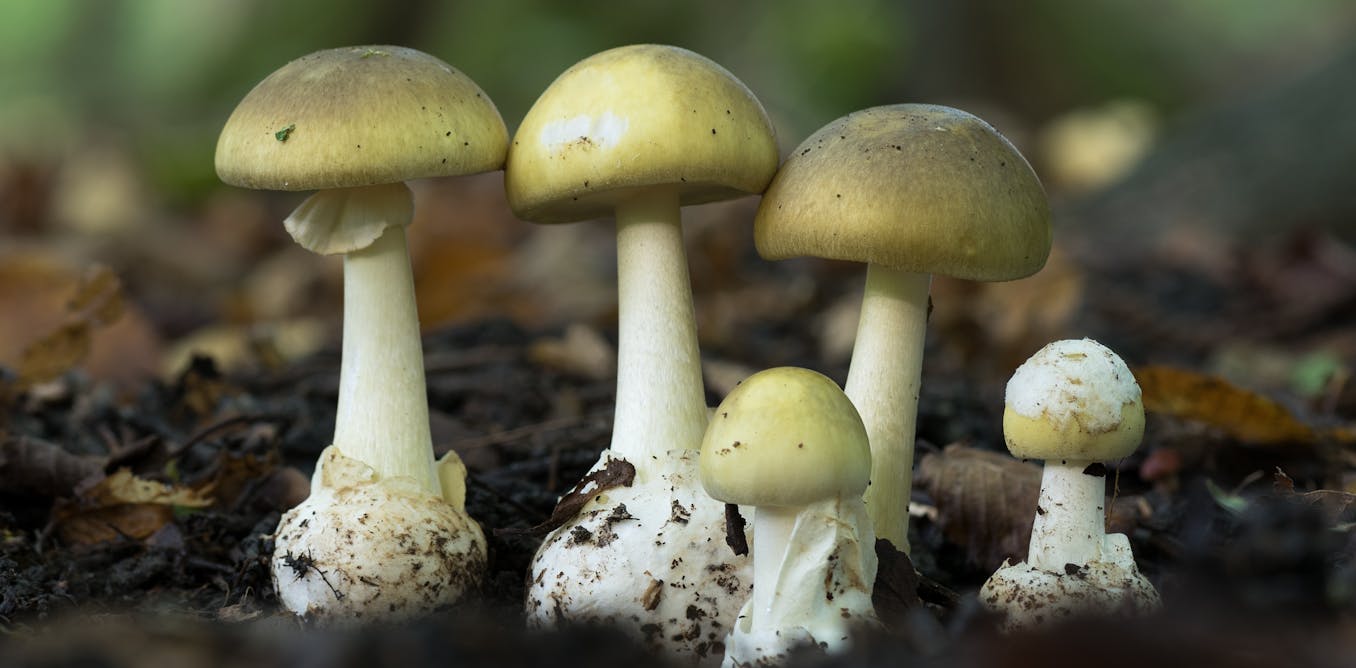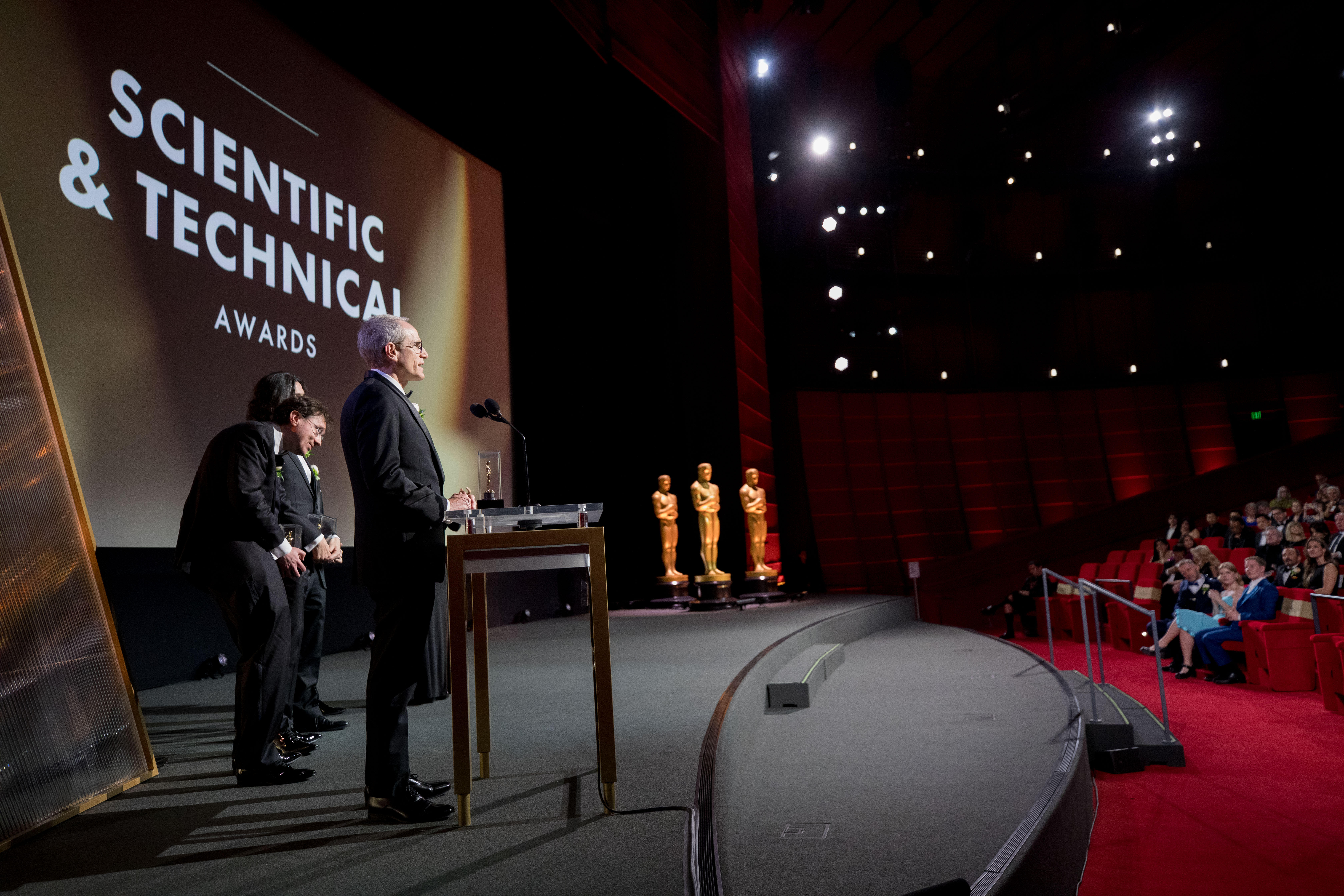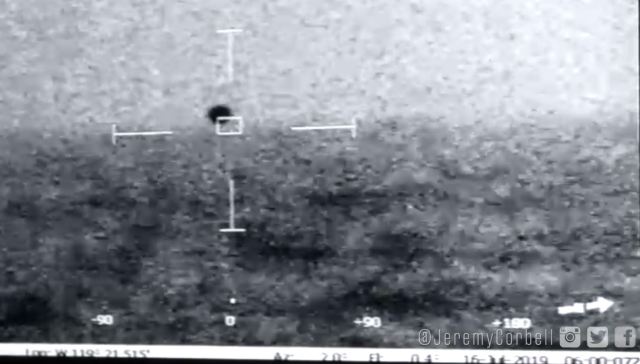
Science Under Siege: Collins Blasts Trump's Budget Ax
Collins Warns of Scientific Research Funding Cuts' Economic Threat
Republican Senator Susan Collins has raised alarm over the Trump administration's dramatic reductions in scientific research funding, highlighting potential long-term economic consequences that could significantly impact national innovation and competitiveness.
In a stark critique, Collins emphasized that sweeping budget cuts to critical research institutions could undermine America's technological leadership and economic growth. Economists have echoed her concerns, warning that diminishing scientific research investments might trigger a sustained economic decline.
The administration's aggressive funding reductions have already resulted in the termination of approximately 1,300 positions at the National Institutes, signaling a potentially transformative shift in the nation's approach to scientific research and development.
Reporting by Arcelia Martin for Inside Climate News has brought these critical developments to public attention, underscoring the potential far-reaching implications of these funding cuts.
As the debate continues, policymakers and scientific communities remain deeply concerned about the long-term impact of reducing investments in research and innovation.

